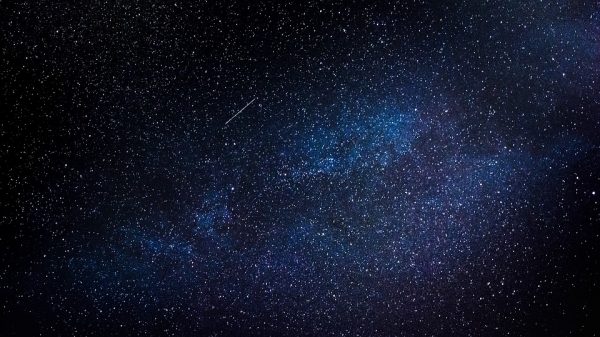 A meteor-watching party is fun for all ages and provides a learning opportunity for children. Some chose to host a meteor-watching party in their backyard or neighborhood to observe as meteors created bright streaks across the night sky. There are a few things to keep in mind when planning a meteor watch party at home.
A meteor-watching party is fun for all ages and provides a learning opportunity for children. Some chose to host a meteor-watching party in their backyard or neighborhood to observe as meteors created bright streaks across the night sky. There are a few things to keep in mind when planning a meteor watch party at home.
Know the Best Time to Watch
To ensure you don’t miss the next big event, check to see what the best times are to watch meteor showers in your area. Meteors can be best seen on a cloudless night as most meteors are no bigger than the size of a pebble. In addition, meteors are most visible when they are about 34 to 70 miles above Earth’s surface. You need to be highly aware during a meteor shower as their glow time is only about one second.
Some of the most active meteor showers and their next peak include:
- Southern Delta Aquarids – July 29-30, 2019
- Perseids – August 12-13, 2019
- Orionids – October 21-22, 2019
- Lyrids – April 21-22, 2020
- Eta Aquarids – May 6-7, 2020
Find a Dark Place to Observe
While you can usually see meteors anywhere at night, if the conditions are right, they are much more visible in a dark place. Ideally, you want to avoid city lights. If possible, host the party in a wide-open area that is away from artificial light, such as in a country field. As most meteors will not appear until after midnight, you may want to consider camping out for the night. It is important to understand that meteor showers are generally not a one-night event and most showers rise gradually to their peak over a number of days or weeks.
Gather Ample Party Supplies
There will inevitably be some waiting around for the meteors to appear. In the meantime, enjoy the company of your friends and family. Have plenty of snacks and beverages for everyone to share. If the evening is expected to be cool, provide your guests with access to cozy blankets. You can keep children busy with some fun space-oriented games or activities. Provide art supplies so that the kids can create their own meteor showers on paper or guide them in locating constellations.
Photograph the Meteor Shower
Using a DSLR or other high-quality camera, you can photograph the meteor shower to enjoy the memories for years to come. To get good photographs of the meteors, you will ideally want to use a fast, wide-angle camera lens, tripod, and intervalometer. It can also be beneficial to have extra batteries on hand, a large capacity memory card, and a dew heater to keep condensation off the lens.
Keep your camera on a tripod to reduce shaking and get the clearest picture possible. A wide-angle lens will help you capture more of the sky, increasing your chances of getting a meteor in the frame. A shutter release cable or the built-in timer function can be highly useful in reducing shaking caused by pressing the shutter button manually. You will also want to get your camera out of autofocus and manually focus your lens for the best results.
